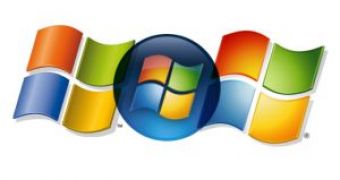Starting with the availability of Windows Vista Service Pack 1 and Windows Sever 2008 RTM/SP1, Microsoft has virtually joined its Windows client and server operating systems at the hip, and well beyond that in fact. Vista SP1 and the gold version of Windows Server 2008 share the same codebase and in this context also the same core (made up of the kernel plus a set of critical central components sitting directly on top of the code nucleus of the platform). The Redmond company signaled in this respect a move from the divergent releases that were Windows XP and Windows Server 2003, and the start of new new tradition in which future Windows client and server iterations are synchronized. Obviously this trend will continue with the successors of Vista and Windows Server 2008.
Microsoft has confirmed that it is building both Windows 7 and Windows 7 Server (or Windows Server 7), the product number labels/codenames imposed by Steven Sinofsky, senior vice president, Windows and Windows Live Engineering Group. On August 18, Ward Ralston, Microsoft group product manager, revealed that Windows 7 Server was the internal reference for Windows Server 2008 R2.
However, the fact that Windows 7 Server is synonymous with Windows Server 2008 R2 indicates the birth of new discrepancies between Windows client and server platforms. This simply because Windows 7 is the next major iteration of the Windows client, while Windows 7 Server is nothing more than a minor release of Windows Server.
In this regard, Windows 7 is planned to deliver the next generation of the Windows kernel, namely v7. The same jump is not possible for Windows 7 Server, which, as Windows Server 2008 R2, will remain stuck on the current kernel, v6.1. The R2 moniker, also a tradition with Windows Server platforms, will signal only the addition of new features on top of what Windows Server RTM/SP1 has brought to the table, and nothing more, but certainly not any major core overhauls.
Windows 7 and Windows Server 2008 R2 have their roots buried deep inside the same codebase architecture, but will not feature identical cores as Vista SP1 and Windows Server 2008. But one thing that Windows 7 and Windows 7 Server will share will be the RTM date, sometime by the end of 2009, but no later than January 2010.

 14 DAY TRIAL //
14 DAY TRIAL //